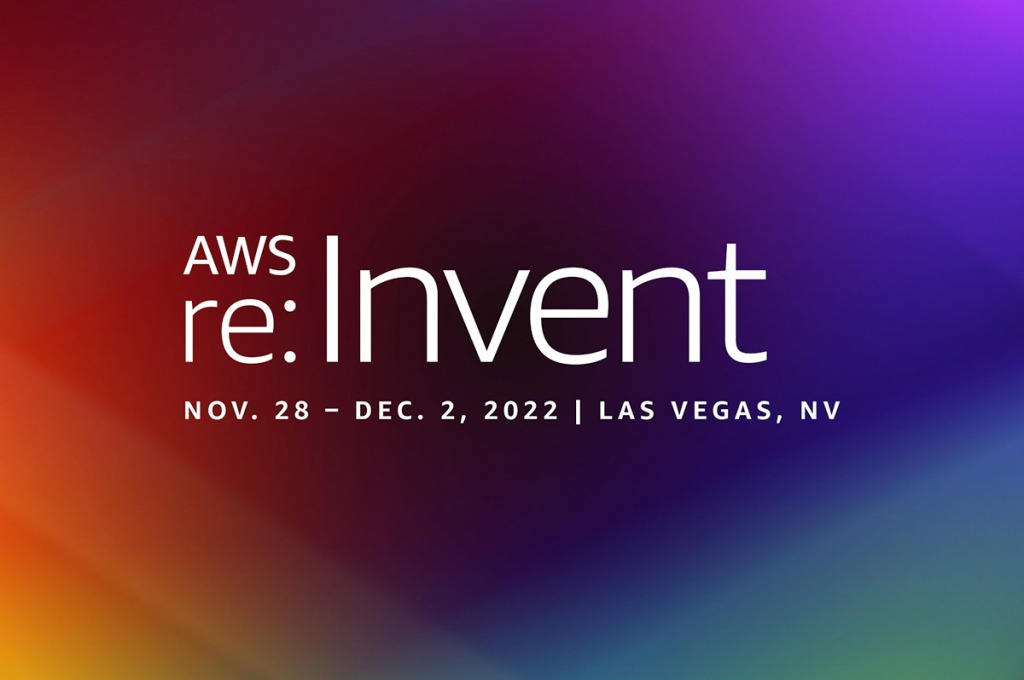
This is part 1 of a series of blogs on AWS re:Invent 2022.
Every year AWS hosts a learning conference, for the global cloud community, called re:Invent. It brings the global AWS community together in Vegas for 5 days of feature keynotes, announcements, in depth training, certifications and interactions with partners and customers. Post pandemic, 2022 was the first opportunity to host the event back at full capacity in person. In this series of blogs I will be presenting a summary of the event. In part 1 I will start by giving a summary of the keynotes from the different days.
The Keynotes
This year there were 5 keynotes presented at re:Invent. These keynotes were opportunities to hear directly from the leaders at AWS about the current state of cloud computing and the direction AWS is taking with regards to the future of cloud. It was also an opportunity to see how customers are benefiting from cloud and plus the work partners are doing as well. The following keynotes were presented this year:
- Adam Selipskey: CEO of AWS talking about how innovations in AWS are helping customers achieve their goals
- Peter DeSantis: SVP Utility Computing talking about how AWS continues to push the boundary of performance in the Cloud
- Swami Sivasubramanian: VP Data & ML talking about how AWS innovations are helping transform data into meaningful insights for companies
- Ruba Borno: VP Channel & Alliances talking about how AWS Partners are helping customers accelerate business transformations
- Dr Werner Vogels: VP & CTO Amazon.com talking about novel architecture patterns being used by customers and AWS to build resilient and fault tolerant applications
Adam Selipskey’s Keynote
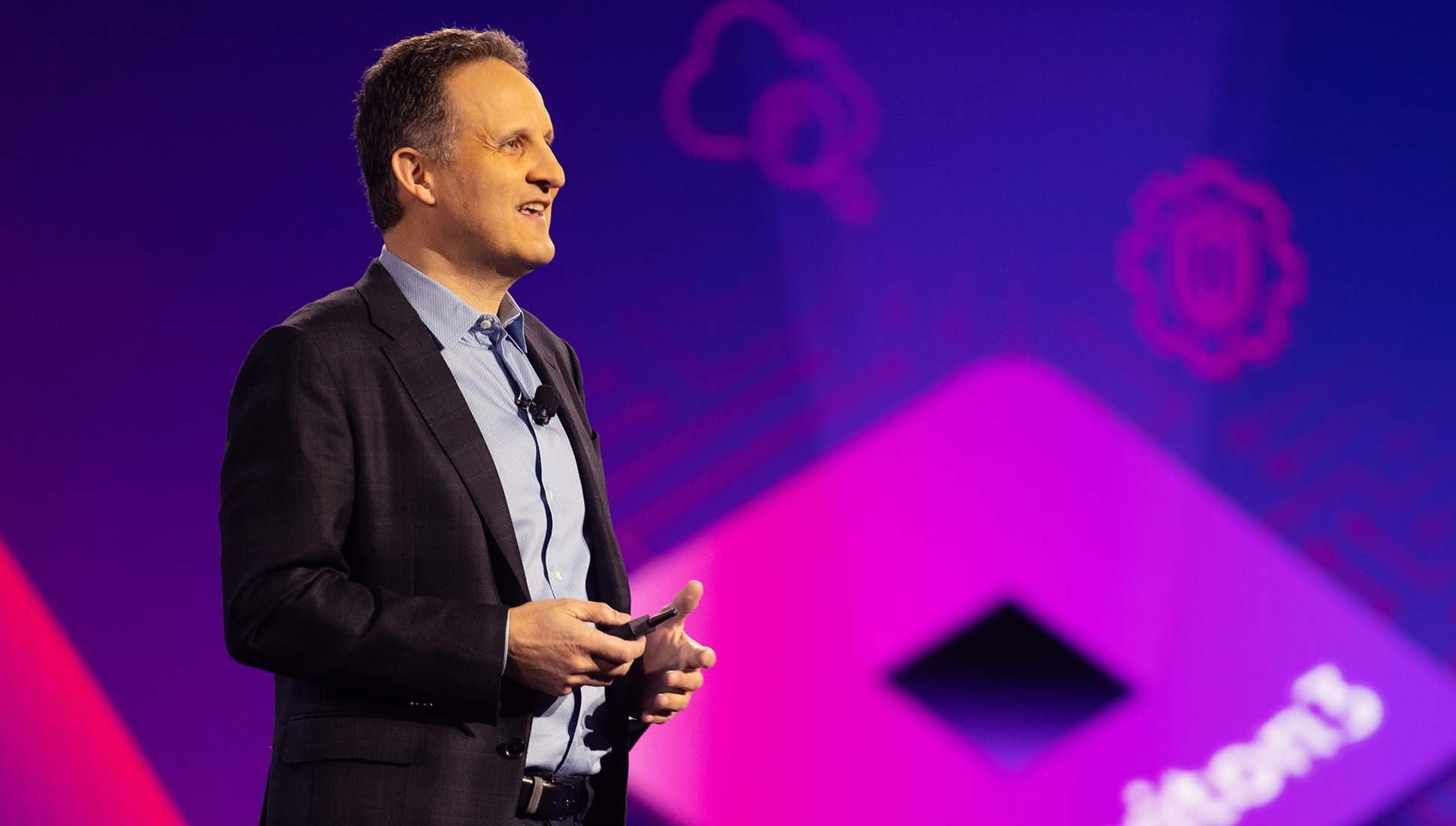
Sustainability is one of the central themes of the global economy at present and is at the heart of all discussion on going at every level of public and private enterprise. Calling it the “issue of our generation” Adam shared how Amazon is the largest purchaser of renewable energy with a goal of powering the company with 100% renewable energy by 2025. Currently Amazon is at 85% of this.
Another aspect of sustainability that Amazon is working on is water sustainability. AWS has committed to be water positive by 2030 which means it will return more water to its communities than it consumes as part of the operations.
Flexibility and agility are two aspects of cloud which are key to helping consumers be more cost effective. This flexibility is key for customers to be more innovative. A study cited by Adam showed customer who adopted cloud and migrated to AWS reduced time to market for new feature by 43%.
As part of this keynote Adam announced a number of new features and services on AWS that I will list below. I have also linked to other blog posts that can give you a more in depth overview of each of these new services. At some point in the new future I will do some blogs that show how these features and services can be adopted.
- Serverless Opensearch on AWS
- Zero ETL Solutions
- Machine learning powered Amazon Quicksight dashboards to provide future forecasting
- Amazon Datazone
- Guardduty EKS to provide threat detection within a managed EKS environment
- Amazon Security Lake
- New Gaviton 3, C7GN, and Trainium chips and processors
- New capabilities for High Performance Computing (HPC)
- AWS SimSpace Weaver
- New capabilities on Amazon Connect
- AWS Supply Chain
- AWS Clean Rooms for data collaboration
- Amazon Omnics for healthcare and life sciences
This is a quick whistle-stop tour of some of the announcements from this keynote. One of the things to emerge from the pandemic is how customers are reimagining their businesses and AWS is trying to create service that will help customers do this by taking care of the heavy lifting.
Peter DiSantis’s Keynote
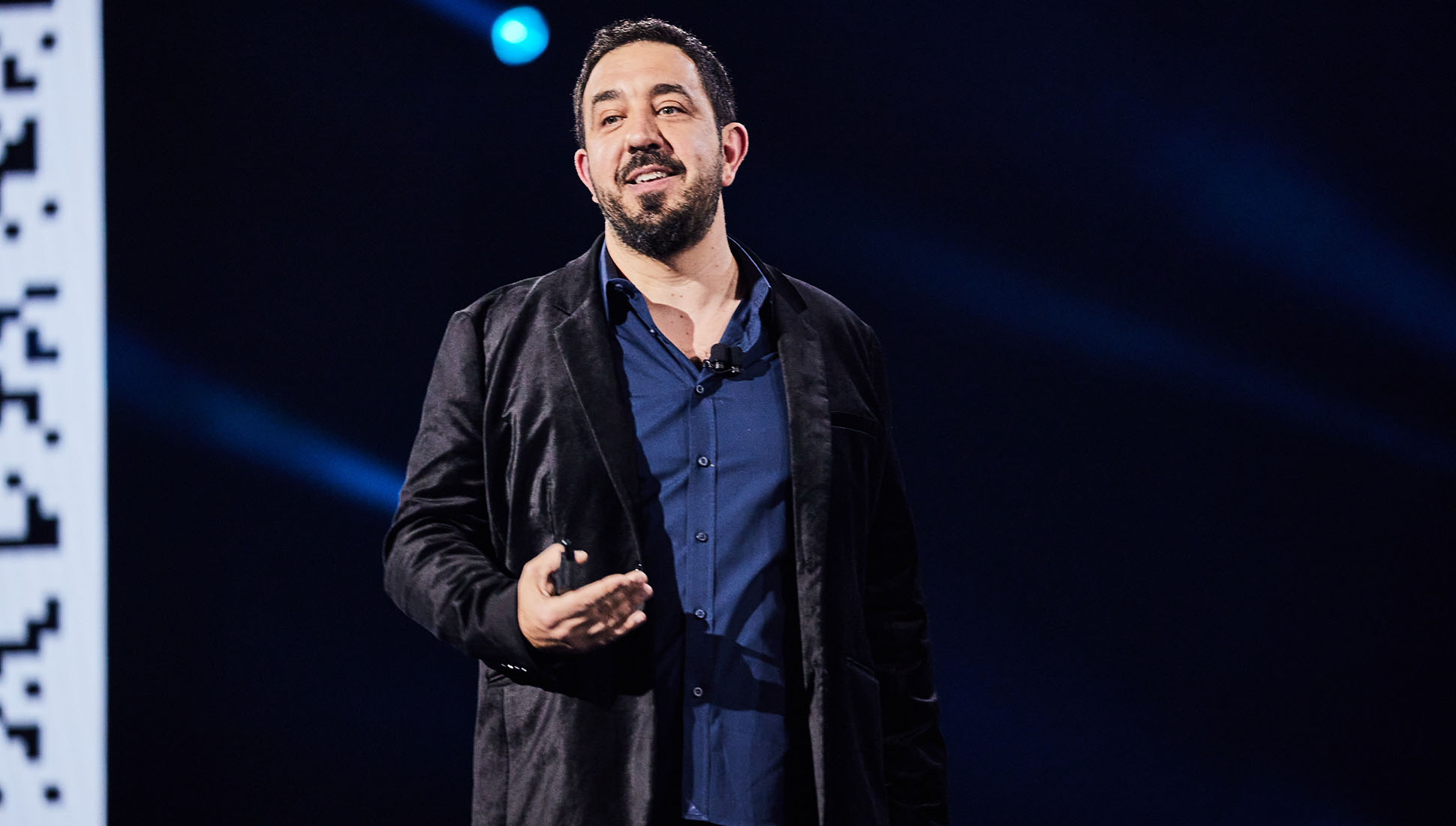
Monday night live with Peter DiSantis was a regular fixture at re:Invent for years and after a 3 year hiatus it was back this year. Personally I have always found it to be a thrilling insight into the things AWS is doing to reshape the landscape of cloud with innovate solutions to real world problems. This year was no different. As in the past it provided a glimpse into the underlying components in AWS and how the team is innovating to enhance its services. The theme this year was performance improvements without sacrificing cost and security.
The Nitro Hypervisor and chip has been the key driving force in most enhancements around the compute elements at AWS and this year Peter announced the availability of Nitro v5 which doubles the transistor and compute power of the chip. This has resulted in the chip being able to support 60% higher packet per second (PPS), a 30% reduction in latency, and 40% better performance per Watt. For those not aware of the Nitro chip and hypervisor I highly recommend watching Mark Ryland’s (AWS CISO) session from re:Invent 2019.
Peter also delved into the new Graviton3E processors and HPC7g instance types. Another interesting engineering problem Peter delved into was ‘Tail Latency’. This is the high percentile latency which customers rarely see but when it happen it can have a huge impact on a workload. Often this is due to IO activities in EBS volumes when doing writes that require replication for durability. A statistic quoted by Peter was 1 in every 100,000 requests was taking 35ms to complete. Even thought it is small (Tail Latency) the customer impacted has to deal with it.
AWS decided to improve the performance of io2 volumes and achieved it by making improvements to its proprietary Scalable Reliable Datagram (SRD) Protocol. An issue with traditional TCP/IP based communications is packet loss detection and on order transmission of packets that when loss occurs can cause delays. SRD support multi-pathing and fast loss detection. Since it also runs on the Nitro processor it has no impact on the instance and the guest OS. Using SRD with EBS volumes resulted in a 90% improvement in the ‘Tail Latency’
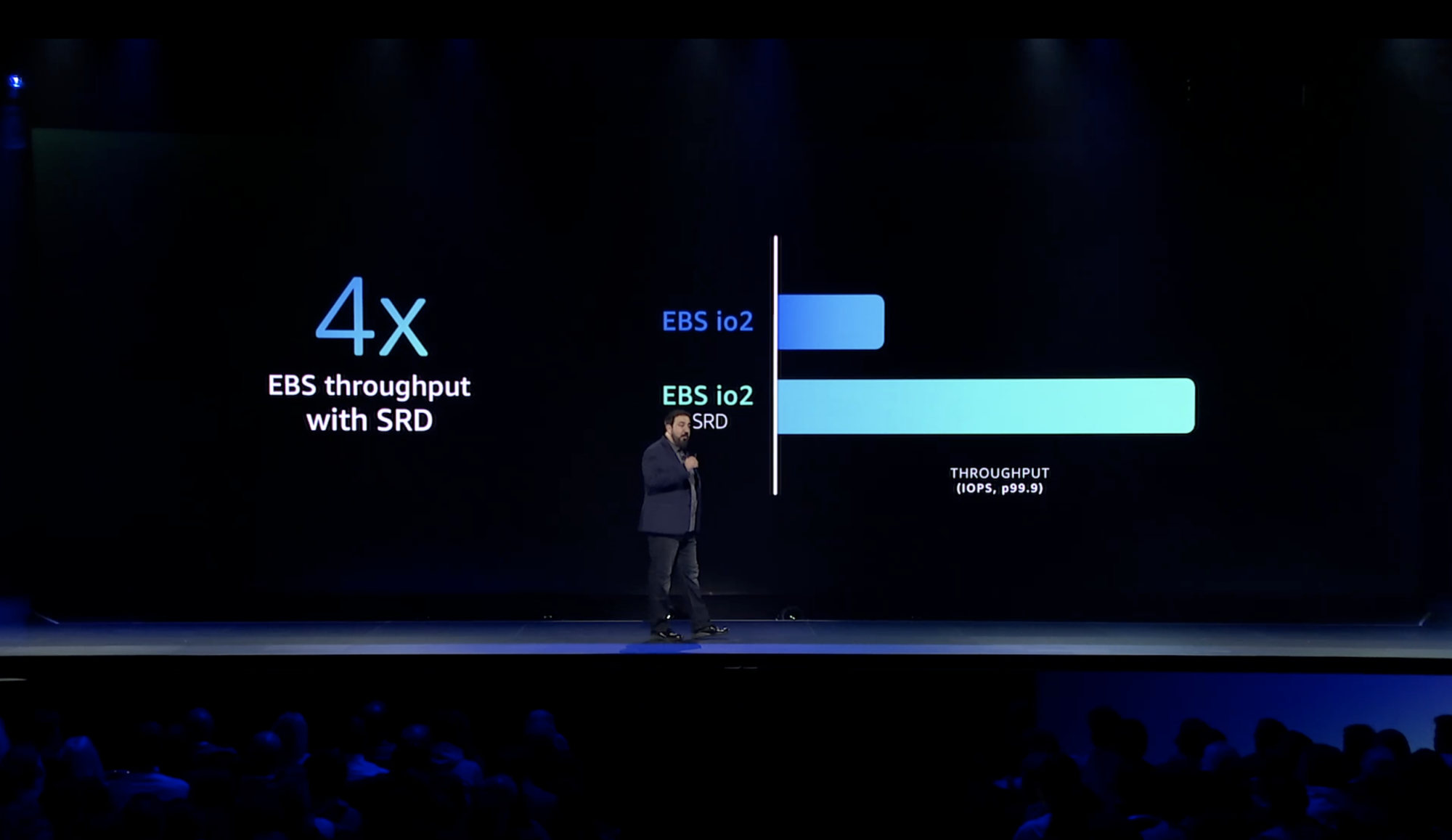
Another use of SRD protocol announced was the ability to use it with the Elastic Network Adapter Express. This brings the benefit of SRD to all communications on instances using the ENA Express by utilising the SRD protocol as the base protocol with the overlay of TCP or UDP in the guest. This will enable in a significant improvement of the ‘Tail Latency’ in all instance communications.
It was also announced SRD will be available with the new Trn1n instance types via the EFA adapter resulting in 1600GBPs of EFA networking available with the new instance type.
One of the most interesting announcements from the night was AWS Lambda SnapStart. Lambdas have had the issue of Cold Start where on first invocation (when there is no existing lambda instance to respond to an event) it can take a while to initialise. With this new SnapStart feature the cold start latency has been improved by 90%. The way this has been achieved is that once a lambda is initialised, a snapshot of the memory and function state is cached. So on subsequent invocations this cache can be retrieved and used directly without the initialisation time thus reducing the latency. This does mean that some functions might require a code change depending on how initialisation is performed in them to ensure they continue to work in the same way.
Swami Sivasubramanian’s Keynote
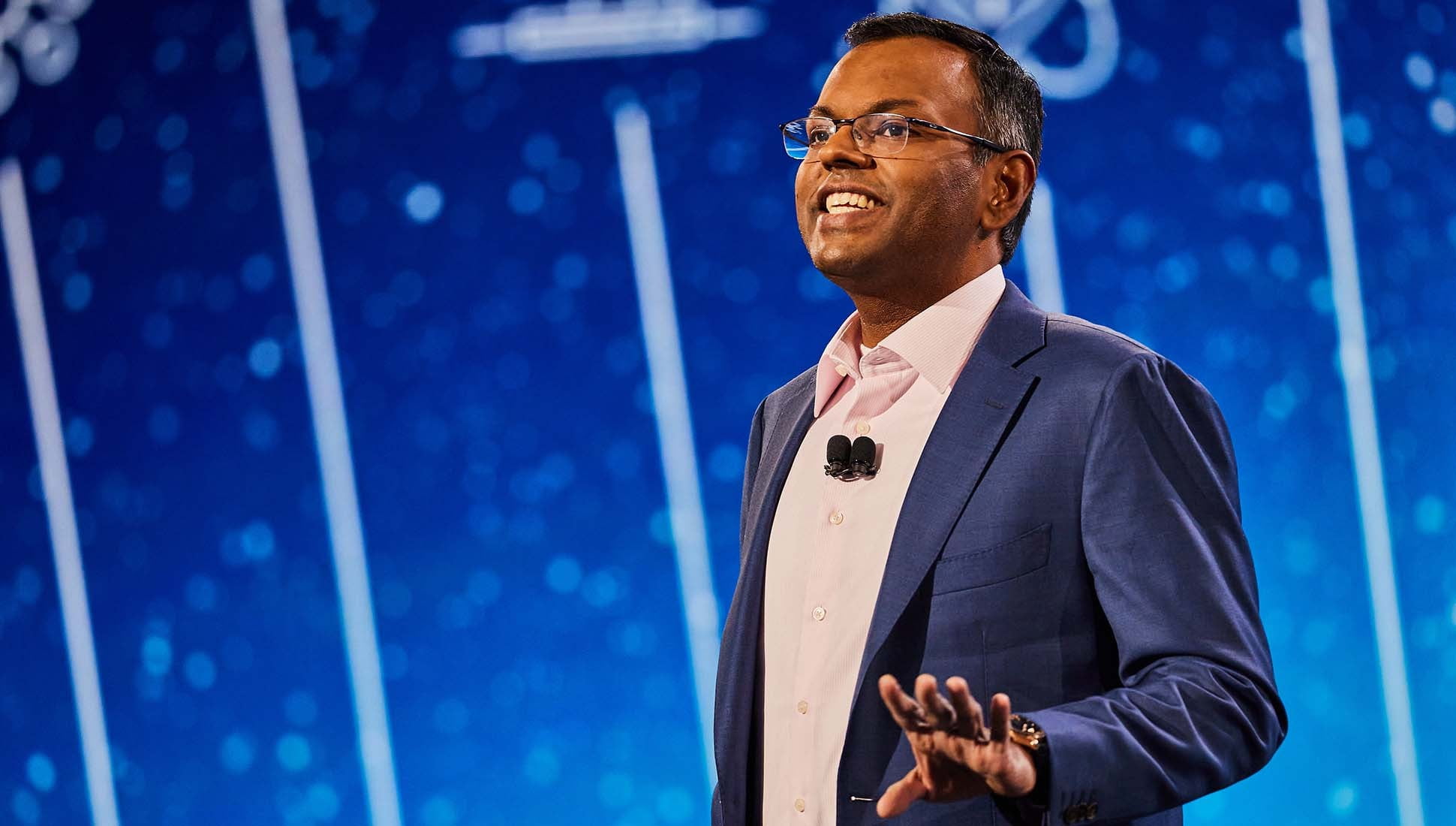
Swami is the Vice President of Data and Machine Learning at AWS and hence his keynote always introduces all the Data, Analytics and Machine Learning services being released and this year did not disappoint.
Some of the incredible numbers revealed by Swami show how important these data services are to customers:
- More than 1.5 million AWS customers use database, analytics, or machine learning AWS services
- Among the top 1000 AWS customers, 94% of them use 10 or more different database and analytics services
In this keynote Swami presented three key aspect of an organisations data strategy. All the announcements can be viewed through the lens of these elements.
- Build future-proof foundations supported by core data services
- Weave connective tissue across your organization
- Democratise data with tools and education
As you can imagine this keynote was extremely action packed and in the interest of brevity I am sharing blow the announcements with links to the details of each one.
- Amazon Athena for Apache Spark
- Amazon DocumentDB Elastic Clusters
- Geospatial ML Support in Amazon SageMaker
- Amazon Redshift Multi-AZ
- Trusted Language Extensions for PostgreSQL
- Amazon GuardDuty RDS Protection
- AWS Glue Data Quality
- Centralised Access Controls for Redshift Data Sharing
- Amazon SageMaker ML Governance
- Amazon Redshift auto-copy from S3
- New Data Connectors for AppFlow and Data Sources for SageMaker Data Wrangler
- AWS Machine Learning University now provides educator training
Ruba Borno’s Keynote

Ruba joined 1 year ago as the lead for channel alliances and partners. Her efforts have been focused on the partner landscape in AWS as partners are a key strategic growth multiplier for AWS. As a result there year we saw a number of Partner focused releases from AWS to help with growth and simplify the partners relationship with customers and drive value for both.
In recent years one of the joint key focus for AWS and the partner community has been on building reusable solutions for customer problems so when a partner starts to work with a customer, it can help them move with speed if a prebuilt vetted (well architected) solution is already there on the partners portfolio. To this end Ruba announced the AWS Partner Solution Factory for hosting and maintaining such solutions.
Continuing in the same vein, AWS has been working with partners to help them become ISVs and maximise the utilisation on the AWS Marketplace. AWS introduced Marketplace Vendor Insights enabling sellers to make security and compliance information available through the web dashboard. It allows sellers to promote their security posture, which reduces the repetitive task of responding to buyers.
The next major announcement was the preview release of Data Exchange for AWS Lake Formation. For those not aware of Data Exchange, it is a marketplace to connect third-party data providers with customers that need their data. It’s a very efficient way to make your cloud applications smart by using up-to-date data sources directly from producers. This new services allows customers to find and access these third party data sets directly in their Lake Formation data lakes. This benefits the customers by having direct access to the data without having to learn any new technology, create integrations and the heavy lifting of ETLs. You can go straight to the analysis.
Dr. Werner Vogels Keynote
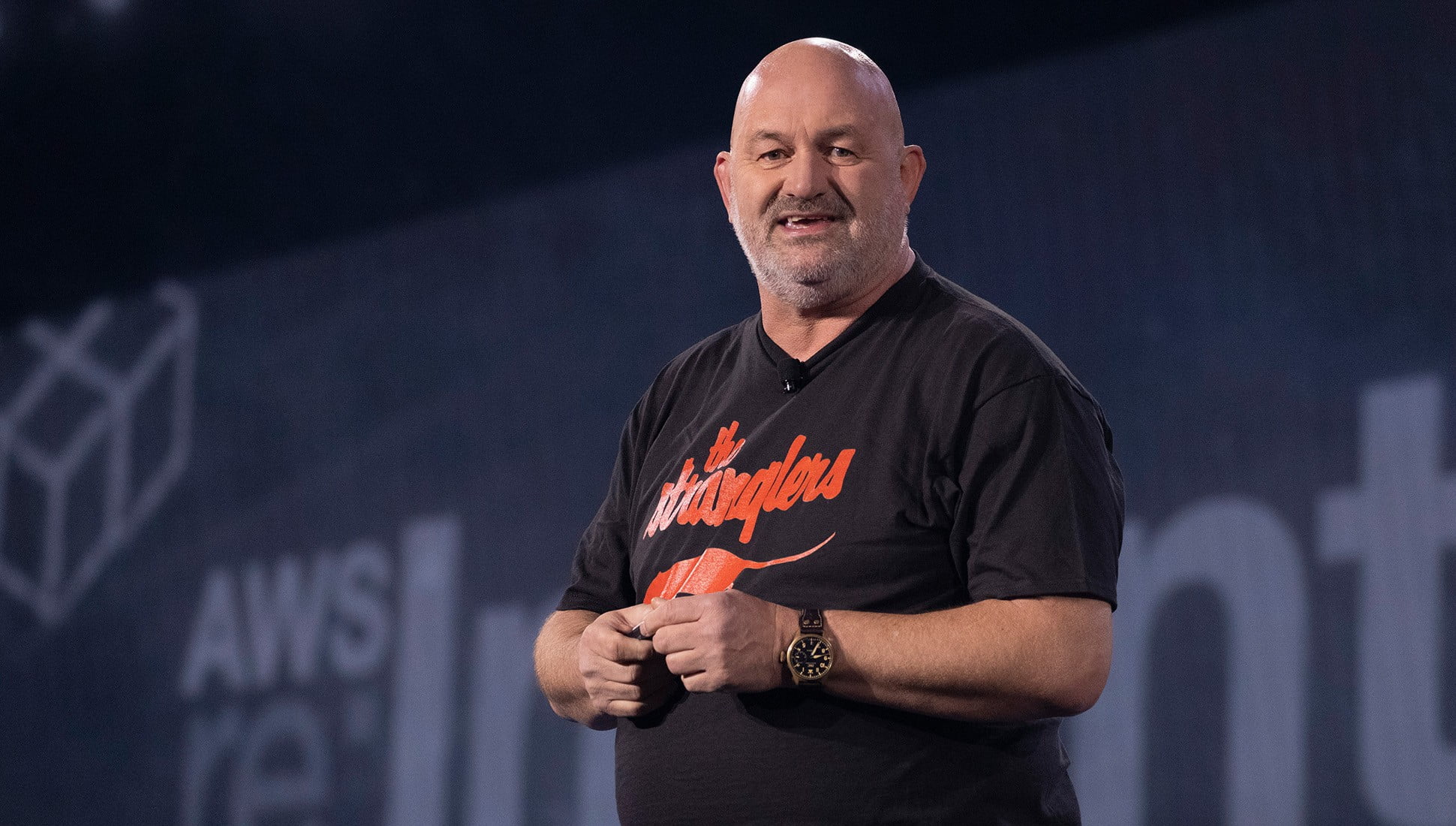
Another regular feature from re:Invent is the keynote by Dr Werner Vogels (CTO Amazon.com). Vogels has been instrumental in building and delivering some of the key technologies that power the services the make AWS and Amazon.com the market leader.
A central theme of this keynote was the power of asynchronous and event drive processing and how even nature benefits from this. Vogels used a flock of birds as his example. Each bird responds to outside stimuli to form a pattern of motion, which we see as a flock. This event-driven pattern, taken in the context of cloud design, has several noteworthy design points.
Vogels announced AWS Step Functions Distributed Map. Step functions are a powerful, simple and easy to use visual workflow that can iterate objects. With Distributed Maps they can now be used to spawn thousands of parallel work flows based on objects in S3.
On the theme of event driven architectures Vogels announced something inspired from Unix with the addition of Amazon EventBridge Pipes. With EventBridge Pipes, you can customise batching, starting position and concurrency and then run filtering on your data.
Building event driven architectures can be daunting and complex. In order to help customers do this well the next service announce was AWS Application Composer, a visual-based canvas for architecting, configuring and building serverless application stacks in a reliable manner. The great thing about this service is you can same the cloud formation and SAM templates directly from Composer.
In order to assist in managing the complexity of event driven architecture Vogels announced the creation of Amazon CodeCatalyst. It is a unified software development service that makes it faster to build and deliver software on AWS. CodeCatalyst provides software development teams with an integrated project experience that brings together the tools needed to plan, code, build, test, and deploy applications on AWS. You can also replace the built-in source repository and issue tracker with GitHub or Jira Software while maintaining an integrated experience.
The final announcement was the release of AWS Ambit Scenario Designer. It is a suite of tools to streamline 3D content creation at scale for autonomous vehicle and robotics simulations—and other near-real-time 3D applications. Using Ambit, users can create 3D environments and widely varied simulation scenarios in a fraction of the time required by traditional methods, all without requiring specialised 3D skills.
Please also pick your favourite keynotes from re:Invent 2022:
And thats a wrap (phew). In the next parts I will delve into some of the individual announcements. Please join again.
Part 2 is now available here.

[…] at full capacity in person. In this series of blogs I will be presenting a summary of the event. In part 1 I presented a summary of the keynotes from the different days. Here I will give a summery of some […]
LikeLike